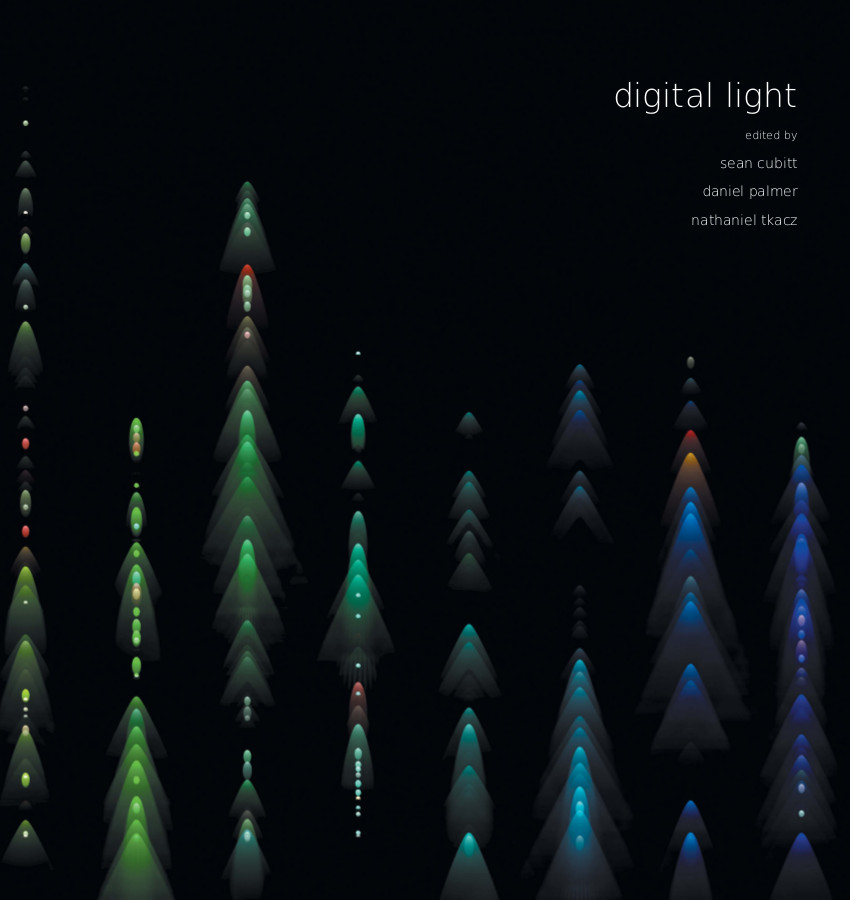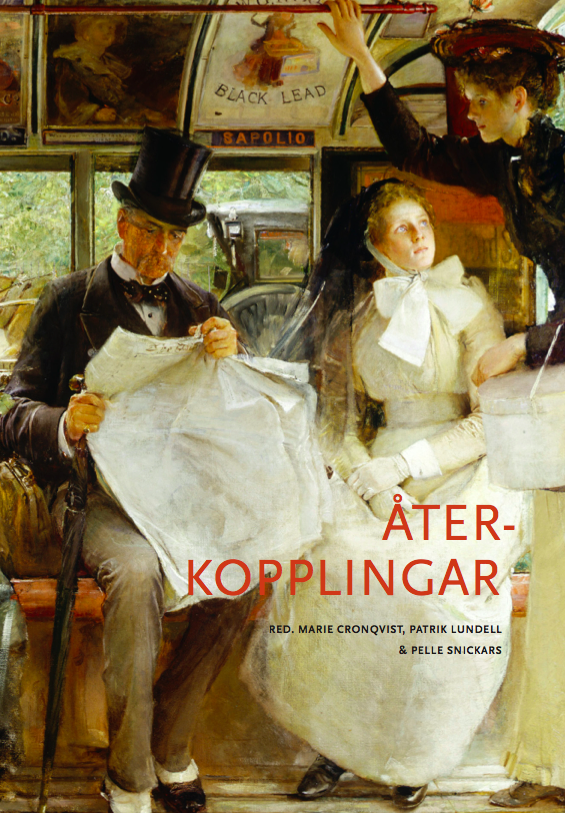communication +1, 3(1): Afterlives of Systems (2014)
Filed under journal | Tags: · biology, communication, computing, cybernetics, ecology, environment, media ecology, music theory, systems theory, technology
“Under the impression of today’s global crisis and the rise of ecological thinking, confronted with smart, ubiquitous technosystems and the impression of interconnectedness, there appears a new urge to excavate the remnants of the past. The articles of this issue suggest that in order to understand present technologies, we need to account the systems thinking that fostered their emergence, and that we cannot gain insight into the afterlives of systems without exploring their technologies.
The nine contributions ask how these debates and affective states survive and live on in today’s discussions of media ecologies, environmentalism, object-oriented philosophies, computer simulations, performative art, and communication technologies. In this sense, they take the renaissance of systems thinking in the late 20th and early 21st Century as an effect of various system crisis and explore new media technologies as stabilizing ‘cures’ against the dystopian future scenarios that emerged after World War II. The articles of this issue suggest that in order to understand present technologies, we need to account the systems thinking that fostered their emergence, and that we cannot gain insight into the afterlives of systems without exploring their technologies.”
With contributions by Etienne Benson, Rafico Ruiz, Katja Rothe, Niklas Schrape, Christoph Neubert and Serjoscha Wiemer, Sebastian Vehlken, Bruce Clarke, Jan Mueggenburg, and You Nakai.
Edited by Christina Vagt and Florian Sprenger
Publisher University of Massachusetts Amherst, September 2014
Creative Commons Attribution-Share Alike 3.0 License
c231 pages
PDF articles
single PDF (4 MB)
Sean Cubitt, Daniel Palmer, Nathaniel Tkacz (eds.): Digital Light (2015)
Filed under book | Tags: · aesthetics, art, cinema, digital, film, image, light, optics, photography, screen, technology, vision

“Light symbolises the highest good, it enables all visual art, and today it lies at the heart of billion-dollar industries. The control of light forms the foundation of contemporary vision. Digital Light brings together artists, curators, technologists and media archaeologists to study the historical evolution of digital light-based technologies. Digital Light provides a critical account of the capacities and limitations of contemporary digital light-based technologies and techniques by tracing their genealogies and comparing them with their predecessor media. As digital light remediates multiple historical forms (photography, print, film, video, projection, paint), the collection draws from all of these histories, connecting them to the digital present and placing them in dialogue with one another.
Light is at once universal and deeply historical. The invention of mechanical media (including photography and cinematography) allied with changing print technologies (half-tone, lithography) helped structure the emerging electronic media of television and video, which in turn shaped the bitmap processing and raster display of digital visual media. Digital light is, as Stephen Jones points out in his contribution, an oxymoron: light is photons, particulate and discrete, and therefore always digital. But photons are also waveforms, subject to manipulation in myriad ways. From Fourier transforms to chip design, colour management to the translation of vector graphics into arithmetic displays, light is constantly disciplined to human purposes. In the form of fibre optics, light is now the infrastructure of all our media; in urban plazas and handheld devices, screens have become ubiquitous, and also standardised. This collection addresses how this occurred, what it means, and how artists, curators and engineers confront and challenge the constraints of increasingly normalised digital visual media.
While various art pieces and other content are considered throughout the collection, the focus is specifically on what such pieces suggest about the intersection of technique and technology. Including accounts by prominent artists and professionals, the collection emphasises the centrality of use and experimentation in the shaping of technological platforms. Indeed, a recurring theme is how techniques of previous media become technologies, inscribed in both digital software and hardware. Contributions include considerations of image-oriented software and file formats; screen technologies; projection and urban screen surfaces; histories of computer graphics, 2D and 3D image editing software, photography and cinematic art; and transformations of light-based art resulting from the distributed architectures of the internet and the logic of the database.”
Publisher Open Humanities Press, London, 2015
Fibreculture Books series
Creative Commons BY-SA 4.0 License
ISBN 1785420089, 9781785420085
224 pages
Review: Mathias Denecke (Culture Machine, 2016).
PDF, PDF, PDF (4 MB, updated on 2016-7-19)
Comment (0)Marie Cronqvist, Patrik Lundell, Pelle Snickars (eds.): Återkopplingar (2014) [Swedish]
Filed under book | Tags: · cultural history, media, media archeology, media history, media technology, technology, theory

Återkopplingar [Feedback] is a recent collection on media history and archeology edited by scholars from the universities in Lund and Umeå.
“Det bedrivs alltför lite mediehistorisk forskning i Sverige. Mediehistoria kan – och bör – skrivas på många olika sätt. En ambition inom den kulturhistoriska medieforskning som presenteras i den kommande boken, Återkopplingar, är att genom ett breddat mediebegrepp och historisk sensibilitet uppdatera mediestudiet. Förnyelsen sker inte sällan i skärningspunkten mellan den ofta teknikdeterministiska mediearkeologin och den historiskt lika anspråksfulla som problematiska medialiseringsteorin.
I denna bok presenteras 19 mediehistoriska texter som behandlar medieformer som skrivbord, papper, affischer, kassetter, fisheye linser, radio, telegraf, film, smarta telefoner, litografier, dagstidningar, mikrofilm, begagna de mp3-filer, krigsbyten, biblioteksbyggnader och ölkrus. I boken presenteras en rad samtida perspektiv på förflutna medier – allt i form av en icke-linjär växelverkan mellan nu och då – därav titeln: Återkopplingar.”
Publisher Mediehistorisktarkiv, Lunds universitet, 2014
Mediehistorisk arkiv, 28
Creative Commons BY-NC-ND 3.0 License
ISBN 9789198196122
416 pages
PDF
See also Media archaeology page on Monoskop wiki.

